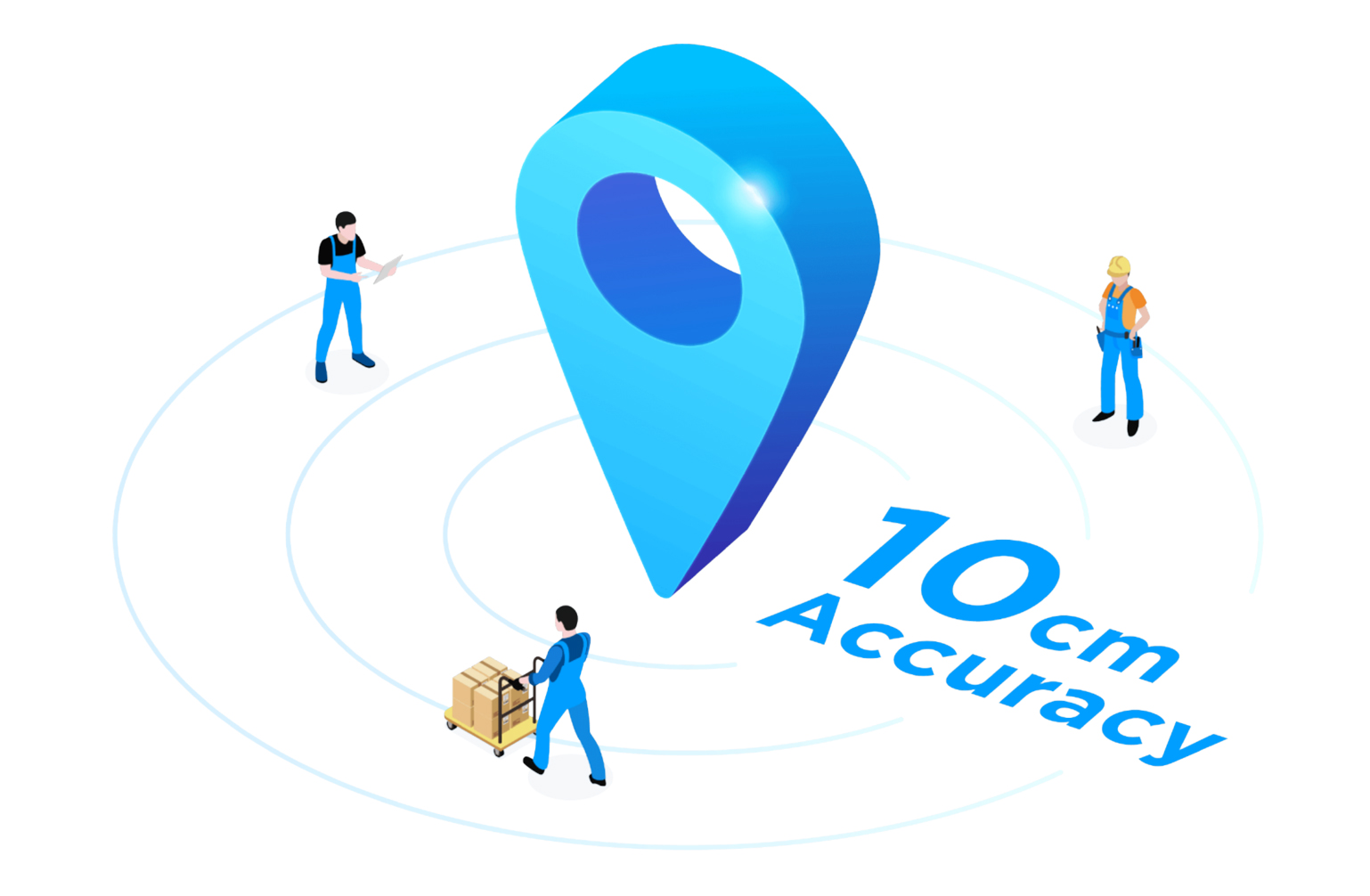Have you ever wondered how hospitals keep track of their equipment and their patients? Or how can museums prevent valuable artifacts from being stolen? The answer lies in the Blueiot indoor tracking system. This technological marvel has revolutionized the way we manage our interior spaces, providing us with real-time data to make everything from asset management to security more efficient. We’ll delve into the practicalities of indoor tracking systems and explore some interesting uses in different industries.

What is an indoor tracking system?
Indoor tracking systems are becoming increasingly popular as a means of tracking people and assets in a variety of environments. Hospitals, museums, and office buildings are just a few places where these systems are used.
Indoor positioning refers to the realization of location positioning in an indoor environment. This mainly uses wireless communication, base station positioning, inertial navigation positioning, motion capture, and other technologies to integrate into a set of indoor position positioning systems so as to realize the position monitoring of people and objects in indoor space.
People want to use indoor tracking systems for many different reasons. For example, in a hospital, the system can be used to track patients, staff, and equipment. In museums, it can be used to keep track of visitors and artifacts. In office buildings, it can be used to track employees and equipment.
Benefits of indoor tracking systems
Indoor tracking systems offer many benefits to businesses and organizations. Most importantly, it can help improve operational efficiency by reducing the need for manual data entry and improving asset visibility. In addition, indoor tracking systems can help improve security by providing real-time information about the location of assets and people. It can help improve efficiency and productivity while also reducing costs.
Indoor tracking systems can be used to track the movement of people and assets within a building or facility. This information can be used to improve traffic flow, optimize space use, and identify potential hazards. Indoor tracking systems can also be used to monitor employee productivity and performance.
Conclusion
Over the past few years, indoor tracking systems have become increasingly popular and versatile, opening up a range of new possibilities for businesses. From hospitals to museums, these innovative tracking systems enable organizations to increase efficiency and safety while increasing customer satisfaction. As technology continues to evolve, there is no doubt that indoor tracking systems will be a valuable asset for many businesses, and it is worth keeping abreast of the latest developments in this field.